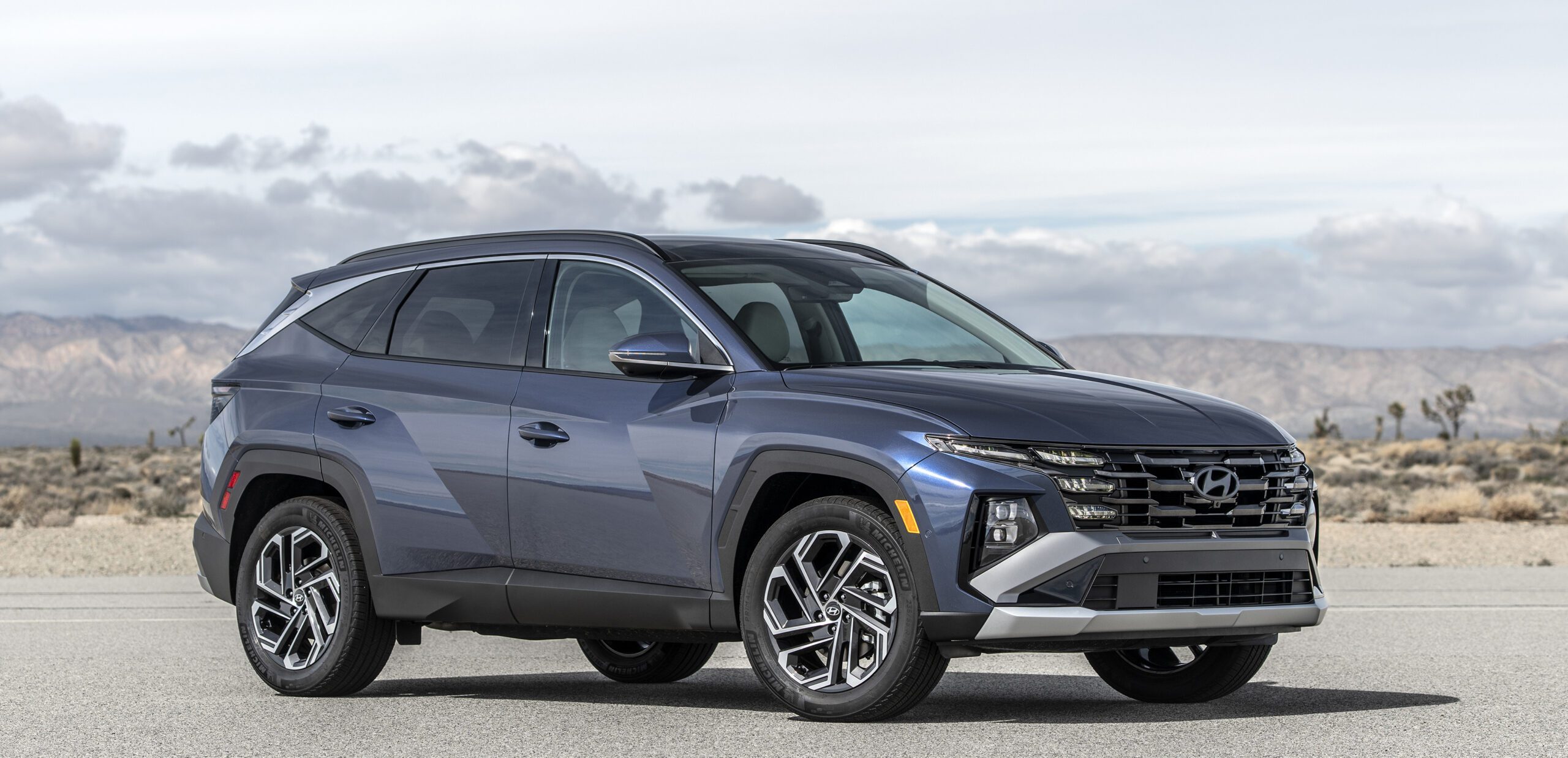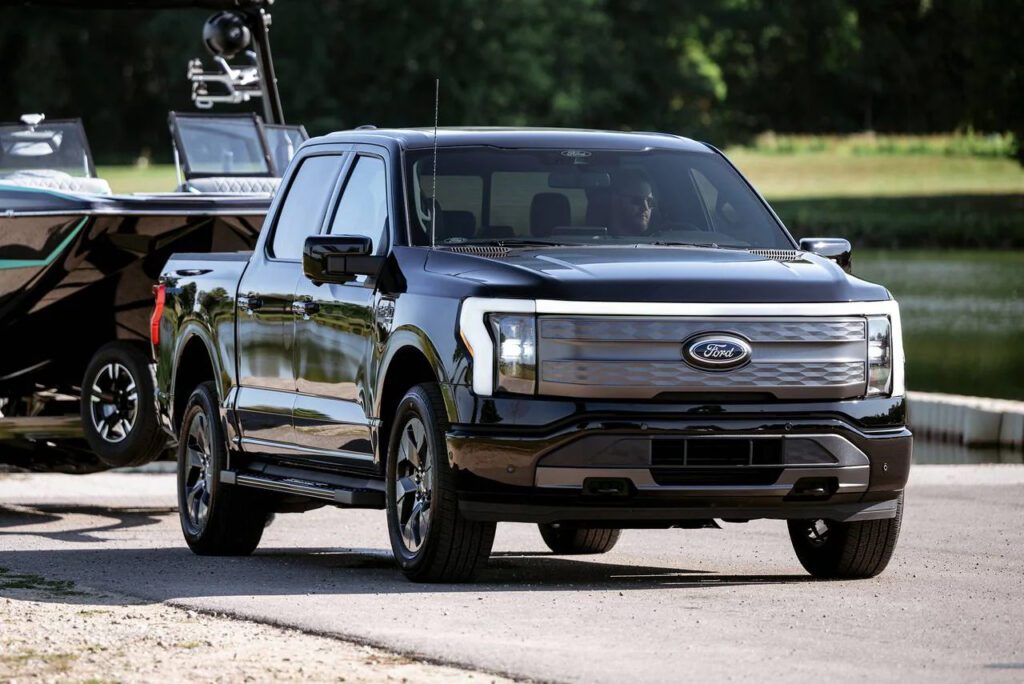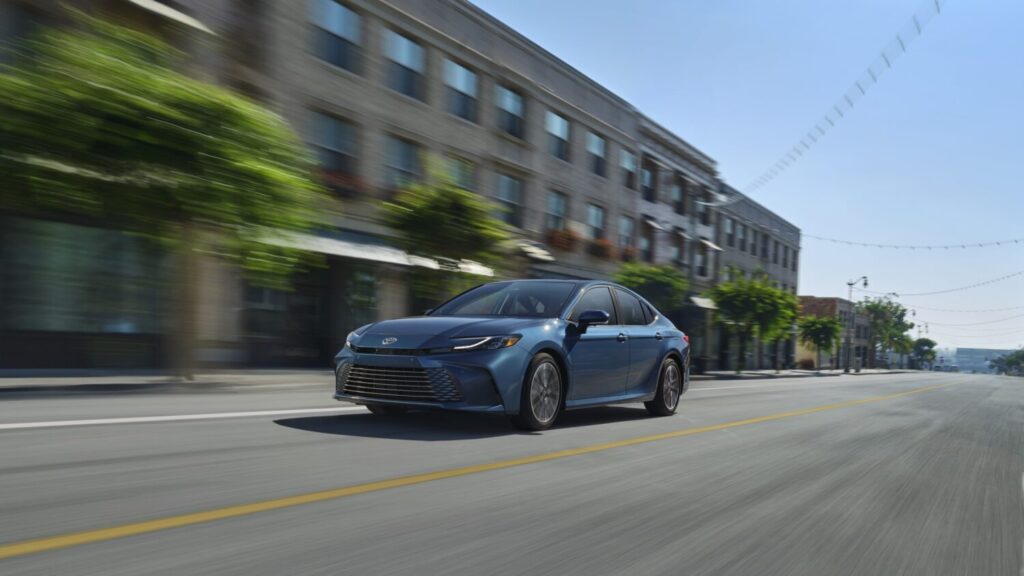Review: Big Beautiful Bill Benefits New Car Buyers

Audio By Carbonatix

2025 Hyundai Tucson. Courtesy photo
Tax law changes for American-built vehicles apply to more brands than you may think, and expect competitive loan terms from other manufacturers.
By Keith Griffin
The Big Beautiful Bill was signed into law by the president recently. This review addresses neither the pros nor the cons of the legislation. Instead, it hopes to inform you about the new car interest deduction, what it means for your wallet, and maybe a new car or SUV worth buying.
In the law is a section that allows new car purchasers to deduct up to $10,000 per year in interest costs on automotive loans. It covers loans originated in 2025 and will last through 2028. Yes, even loans before the bill was signed qualify for the deduction.
The catch? It’s only good for vehicles manufactured in the United States. The basic thought is that the law will boost the sales of new domestic vehicles. But don’t presume only American brands like Chevrolet, Ford, and Ram are covered. Hyundai, Kia, and BMW, for example, build new vehicles in the United States.
But that doesn’t mean there won’t be opportunities to save money on foreign-made vehicles. You know why? They will most likely move to interest-free loans. So, there will be nothing to deduct. Expect American manufacturers not to offer zero percent interest rates through their captive financing arms because they no longer need to use them to attract new customers.
Here are three All-American vehicles worthy of consideration that I have driven in the past six months.

2025 F-150 Lightning. Courtesy photo
Ford F-150 Lightning
The Ford F-150 Lightning boasts all the exterior and interior features of the F-150, along with one additional benefit. It’s an electric vehicle. Sure, some will quibble about a pickup with an electric powertrain, but it makes a lot of sense if used in a professional capacity. It has a range up to 320 miles.
Plus, when properly equipped, the Lightning can serve as a generator for up to three days. It can also be used for power tools and such when electricity is not available. Pricing starts at $49,995. The one downside is that the big, beautiful bill phases out the electric vehicle tax credit.

2025 Toyota Camry XLE. Courtesy photo
Toyota Camry
The Toyota Camry is manufactured in Kentucky. How’s that for a surprise? It continues to be the top-selling sedan for a reason. It’s just an outstanding vehicle.
New for 2025, it has a hybrid powertrain that marries the best of the gasoline engine world with the electric vehicle universe. While it’s not quite the ideal of a plug-in hybrid, it does offer all the comforts of a Camry with strong fuel economy up to a combined 51 mpg.
The 2025 Camry starts at $28,400 for the base LE trim.
Hyundai Tucson
The Tucson was refreshed for 2025. It has a more commanding front and rear appearance, updated lighting signatures, new alloy wheel designs, and a significantly redesigned interior that features a redesigned panoramic curved display that integrates an available 12.3-inch digital instrument cluster and an enlarged 12.3-inch infotainment display.
It’s a right-sized vehicle for most families that handles well. On premium models with shift-by-wire function, the transmission is now controlled by a column-mounted gear selector, liberating more usable space in the center console area.
The 2025 Hyundai Tucson has a starting sticker price of $30,200.
Longtime West Hartford resident Keith Griffin is a veteran auto journalist whose work has been published in U.S. News & World Report, The Boston Globe and online for various New York Times companies. He is a past president of the New England Motor Press Association.
Like what you see here? Click here to subscribe to We-Ha’s newsletter so you’ll always be in the know about what’s happening in West Hartford! Click the blue button below to become a supporter of We-Ha.com and our efforts to continue producing quality journalism.



